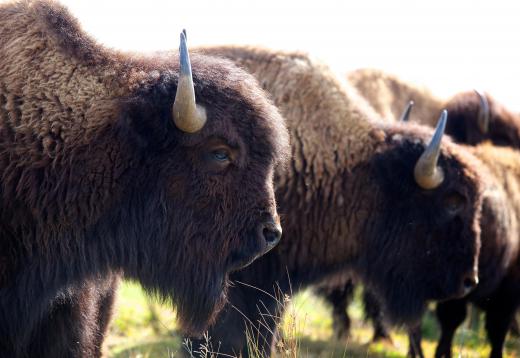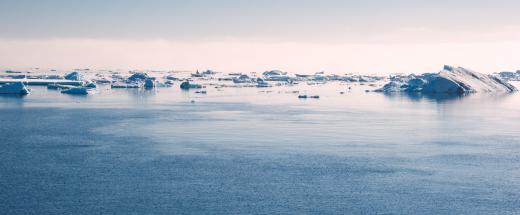What is the Neogene Period?
 Michael Anissimov
Michael Anissimov
The Neogene is the eleventh and most recent period of complex life on Earth. It began 23 million years ago and continues to the present. The characteristic trend throughout the Neogene period has been global cooling and the death of forests which had previously filled the center of continents such as Asia, North America, even Australia. In place of forests grew vast arid plains, grasslands, prairie, steppes, and tundra. The world as a whole dried out. Pleasant climactic conditions which had persisted for 200 million years came to a relatively abrupt halt. Because of an abundance of grass, the Neogene is sometimes called the Age of Grasses.
Due to the separation of Antarctica from Australia and the relative sealing-off of the Arctic sea from the rest of the world’s waters, frigid currents dominated the poles, causing them to freeze over for the first time in hundreds of millions of years. Previously the forests had extended towards the poles. These harsh conditions caused vigorous forces of natural selection to operate on the diversifying mammals, giving them larger bodies better suited to enduring the cold climates. On the plus side for land animals, sea levels decreased to record lows, opening up vast swathes of land for colonization.

A new class of predators emerged alongside the much older ambush predators: the pursuit predators. Instead of waiting for the kill, these predators stalked prey across the vast grasslands for days or weeks on end, ready to consume the weakest among the herd when they ran out of energy. An arms race between predators and prey developed. Deer and bison are two of the most numerous herbivorous animals during the Neogene period. Predators of these animals included large cats and wolves.

Aside from the wandering herds of large herbivorous animals, there were small-bodied generalists who survived due to high reproductive rates. These included rodents, raccoons, rabbits, and possums. A parallel line of predators included the foxes, cats, dogs, and snakes.
The middle and late Neogene period harbored animals known as the Pleistocene megafauna, including large ground sloths, the dire wolf, short-faced bears, saber-tooth cats, mammoths, even hamsters the size of bears. In Australia were the 20-ft lizard Magdalena and the man-sized “Terror Birds”.

In the late Neogene period, intelligent primates emerged, and very recently in geologic terms, completely took over the world. Today humans, their pets and meat animals compose about 99% of vertebrate terrestrial biomass. Our activity is also causing one of the largest mass extinctions since the Cretaceous-Tertiary extinction event 65.5 million years ago, which wiped out the dinosaurs and 60% of all animal genera.
AS FEATURED ON:
AS FEATURED ON:













Discuss this Article
Post your comments